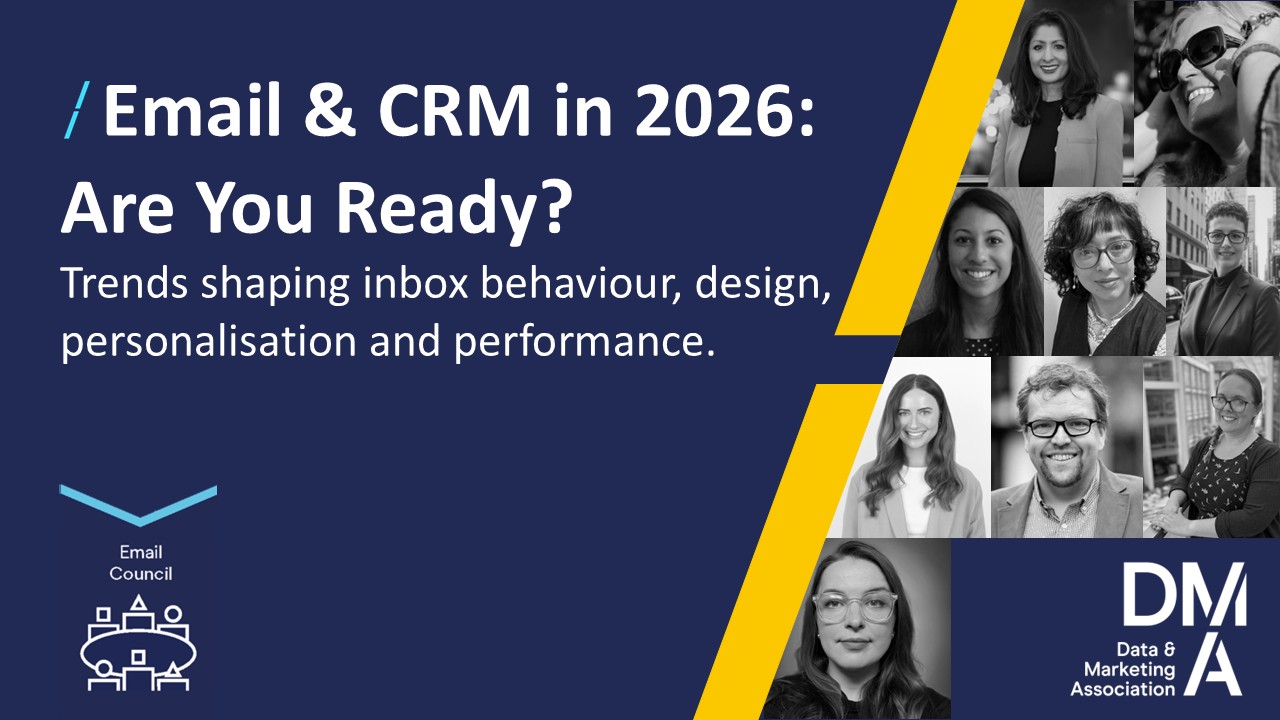Don't underestimate the importance of a campaign brief
23 Nov 2023

At this stage, it can be tempting to forgo further preparation and launch straight into running the campaign, but if you don’t take the time to develop a solid campaign brief before you kick things off, you run the risk of missing important deadlines and targets. Or worse, your campaign going wrong and not achieving the desired results.
A well-constructed campaign brief is one of the most important tools in your arsenal as a marketer. It not only provides a resource for the whole team to work from, but the opportunity to ensure that everyone is on the same page. It defines what success looks like and how to achieve it for each campaign.
Best practices for creating an effective brief
An effective campaign brief needs to help teams to recognise and anticipate issues before they occur. It needs to acknowledge – and plan for – any potential challenges that might delay or derail the campaign, giving your team the opportunity to review and resolve these issues before work starts in earnest. For example, the brief can help avoid resourcing issues by identifying which team members need to be involved in which elements of the campaign ahead of time, ensuring their availability as and when it’s required.
To help ensure your brief is fit for purpose and designed to keep your campaign on track, I’ve outlined and defined the four key components it should include below.
Campaign Overview
As the name suggests, this section of the brief should provide a high-level view of the campaign. To ensure everyone is working toward the same goals, the overview should clearly define the purpose and objectives of each campaign, as well as the desired outcomes with details of how to achieve them. For time-sensitive campaigns it should include clear deadlines of what needs to be achieved by which dates.
To help you get started, consider the answers to the following questions about your campaign:
- Is it a stand-alone campaign or part of a customer journey?
- Is the aim of the campaign to acquire new customers, retain existing customers, reward customer loyalty, win back lapsed customers, or a combination of these?
- What information do you want to convey in the campaign? Is the purpose to launch a new product or service, to offer an incentive to purchase, or simply to check in with your subscribers or regular customers?
- Which channels are you planning to use to communicate with your audiences? (e.g. email, Direct Mail, SMS, Push Notification etc, or a combination of these).
- When and how often are you planning to communicate with your customers as part of the campaign? Consider which day of the week and time of day your customers are more likely to interact with your marketing communications.
Data Requirements
This section of your brief should provide clarity when it comes to data. Specifically, what data you will need access to and how you will be analysing, segmenting and applying it to ensure your campaign reaches the right people at the right time, via the right channels. For example, the data requirements of a brief should ensure parameters are in place to segment customers based on preferences as well as to avoid them receiving repeat or conflicting offers or communications.
Consider the following questions when outlining your data requirements:
- Who is your target audience?
- What data can you access that will help you target them?
- Does your data need to be de-duplicated to ensure each recipient is only contacted once?
- Do you need a hierarchy applied to your data?
- What permissions need to be applied to keep your communications GDPR compliant?
- What exclusions should be applied to your campaigns to avoid contact fatigue?
When you’re dealing with direct mail or any campaign with upward sending limits, you may also need to apply a data cap. As such, it is worth ensuring you have criteria in place to determine your best performing segments. This will allow you to prioritise quickly and easily who should receive these select communications.
Creative Considerations
This section of your campaign brief helps to ensure your creative content works hand-in-hand with any personalisation and data-driven requirements. It should focus on the creative elements of the campaign and highlight areas where it intersects with the data selections and requirements to ensure they complement each other.
Answering these questions can help identify where in the campaign communications the creative content may be impacted by the data and vice versa:
- What elements of your communications include personalisation (e.g. name, product information)?
- Is there any requirement to create additional fields for the data output such as URLs or voucher codes?
- Does your communication include any dynamic content? For example: segment-specific copy or details of past purchases.
Reporting Considerations
It is always helpful to understand any reporting requirements before work starts on a campaign. Defining these in the campaign brief helps to ensure that the team understands how success is being measured and that the relevant information is accessible to analyse once the campaign is complete.
Agreeing the answers to these questions can help to identify:
- What measures will indicate whether your campaign has been successful? (e.g. target number of sales, response rate, ROI).
- What information is required to determine the success of the campaign?
- Who will carry out analysis of the campaign, and what information will they require?
Chances are you have already addressed each of these components and answered most – if not all – of the questions as part of the strategy and planning phases of your campaign development. Building an effective campaign brief naturally flows from your due diligence, making it a much less onerous task than you may think. Taking the time to pull all the information together into a single document at the start will save time in the long run, helping to ensure clear communication and a successful campaign.





Please login to comment.
Comments